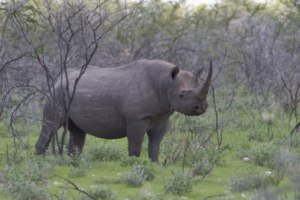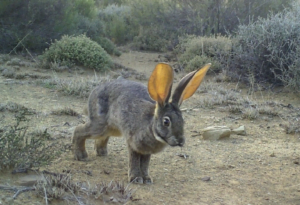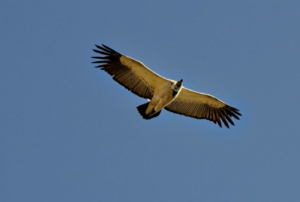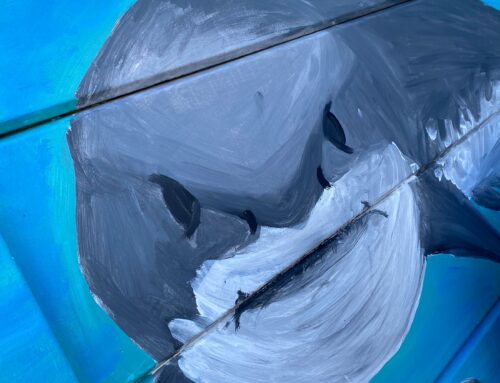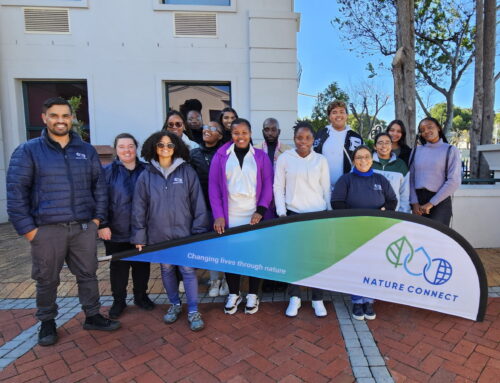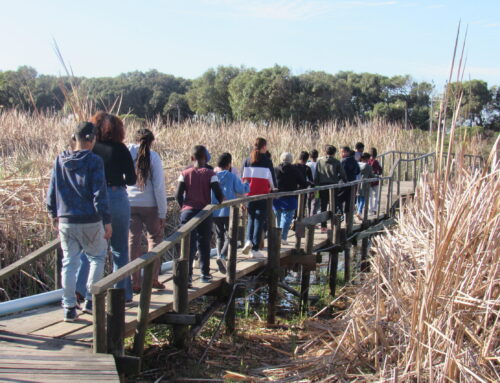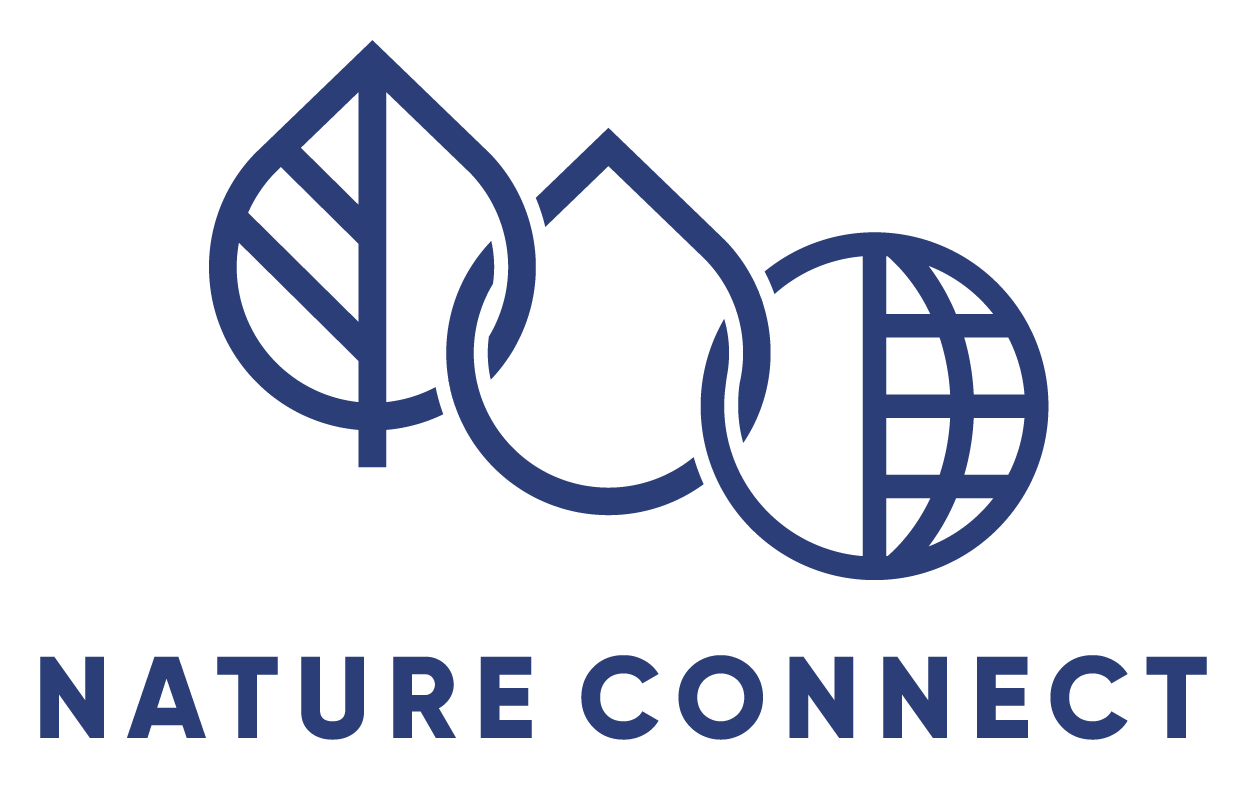Written by Braden Ingram
“What you do makes a difference, and you have to decide what difference you want to make” – Dr. Jane Goodall
There are over 100,000 known species of plants, animals and fungi in South Africa. Many scientists strongly believe that there could be another 50,000 species in the country that have not been discovered yet. On May 19, we celebrate Endangered Species Day, a special occasion dedicated to raising awareness about the beautiful creatures that share our planet and need our help. Here in South Africa, we are incredibly fortunate to boast some of the world’s most diverse and unique wildlife. From majestic big cats to quirky little critters and unique plants that are found nowhere else in the world, our country is a treasure chest of biodiversity. Let’s celebrate these species and learn a bit about how we can all help to protect them.
At Nature Connect, we are committed to conservation efforts, most recently initiating the Western Leopard Toad Underpass Project to protect the endangered leopard toad. We have installed six underpass tunnels along Peninsula Road to help these toads safely cross and avoid being hit by cars during their breeding season. Additionally, we align ourselves with the Reverse the Red movement, a global initiative that fosters strategic cooperation and action to ensure the survival of wild species and ecosystems.
What Does “Endangered” Mean Anyway?
According to the International Union for Conservation of Nature (IUCN), a species is considered endangered when it has a 50-70 % population decrease over 10 years, a restricted geographic area less than 5000km2 or a population size less than 2,500 functional adults. Factors contributing to this precarious status can include habitat loss, climate change, over-exploitation, pollution, and invasive alien species. Essentially, if we don’t act fast, these species could disappear from our planet entirely – a tragedy for our ecosystems and future generations.
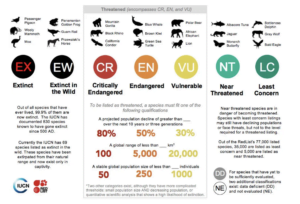
Think Wildlife Foundation, IUCN.
Think Wildlife Foundation, IUCN.
South Africa’s Endangered Stars
South Africa is home to an astonishing range of wildlife, many of which are unfortunately at great risk of extinction. Here are a few notable endangered species that call our beautiful country home:
1. The Black Rhinoceros
The black rhino (Diceros bicornis) is a symbol of the African wilderness. Widely considered the tanks of the bush, weighing up to 1,400kg and recognisable by its hooked upper lip, the black rhino plays a vital role in ecosystems by controlling vegetation growth and enriching soils with essential nutrients, which helps maintain healthy ecosystems and promotes biodiversity. Poaching for their horns has dramatically reduced their numbers. Conservation efforts are ongoing, with many dedicated individuals and organisations working tirelessly to protect these beautiful creatures.
2. The Riverine Rabbit
One of the world’s rarest and most endangered mammals, the riverine rabbit (Bunolagus monticularis), resides just a hop and a skip away in the Karoo Desert. These furry friends are distinguished by its long ears and black stripe running from its mouth to its cheek. With less than 250 mature individuals remaining, habitat destruction and agricultural expansion pose significant threats to this elusive and nocturnal species. These rabbits play an important role in aerating the soil and maintaining the ecological health of the Karoo.
3. The Cape Vulture
The Cape vulture (Gyps coprothreses) is known for its large wingspan of 2.6 meters and for roosting in the rocky mountains throughout the country. These impressive birds play a critical role in our ecosystems by keeping them clean and disease-free. Sadly, poisoning, electrocution by power lines, and loss of habitat have led to a significant decline in their populations. Conservationists are working hard to monitor and protect these essential scavengers.
4. Cape Flats Conebush
This Protea (Leucadendron levisanus) species is a critically endangered native to the Cape Flats right here in Cape Town. This unique shrub features striking yellow-green foliage with slender branches that bear very small, spoon-shaped leaves and beautiful conical heads. This species supports pollinators like birds and bees and is under threat by alien invasive species, water pollution, illegal dumping and lack of fire management. Come stand a chance to see this species by visiting our very own Kenilworth Racecourse Conservation Area!
What Can We Do to Help?
Helping our endangered species can be fun and rewarding! Here are a few ways you can get involved:
1. Support Conservation Organisations
Get involved with our volunteering program or consider donating or volunteering with groups like the Endangered Wildlife Trust or Save the Rhino. Many fantastic organisations are working on the ground to protect South Africa’s wildlife.
2. Educate and Raise Awareness
Talk to your friends and family about the importance of protecting our endangered species. Share information on social media and get involved in local conservation events. The more people know, the more we can collectively make a difference.
3. Practice Responsible Tourism
When visiting our stunning national parks and reserves, follow guidelines to minimise your impact. Stick to designated paths, avoid disturbing wildlife, and support eco-friendly businesses.
4. Reduce, Reuse, Recycle
Every little bit helps! Reducing your carbon footprint can help mitigate climate change, which is a significant threat to many species. Recycle mindfully, reduce waste, and opt for sustainable products.
A Bright Future for South Africa’s Wildlife
Endangered Species Day is a reminder of the incredible biodiversity we are privileged to have in South Africa and the responsibility we share to protect it. By working together, we can ensure that future generations will also have the chance to experience the wonder of our unique wildlife.
Think Wildlife Foundation, IUCN. https://medium.com/@thinkwildlifefoundation/how-are-species-classified-under-the-iucn-red-list-think-wildlife-foundation-b4f26a936286


